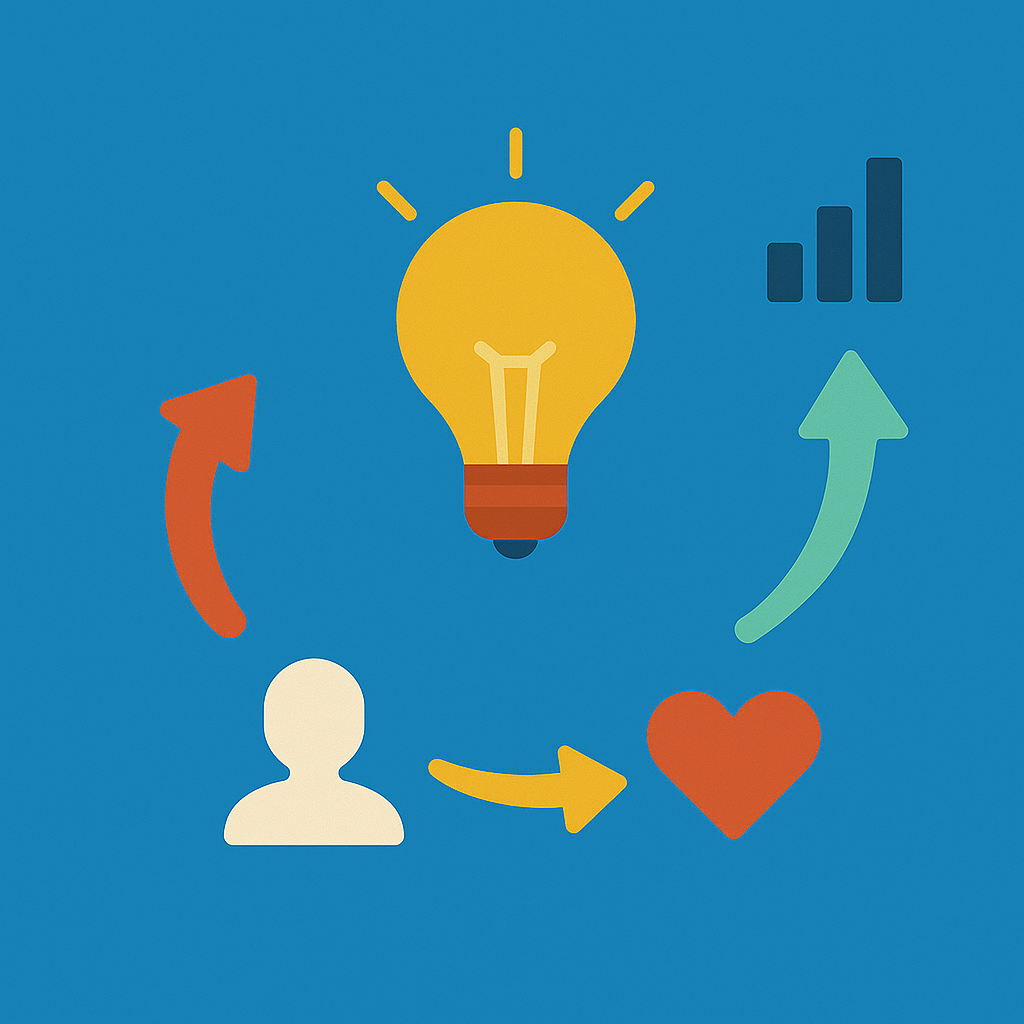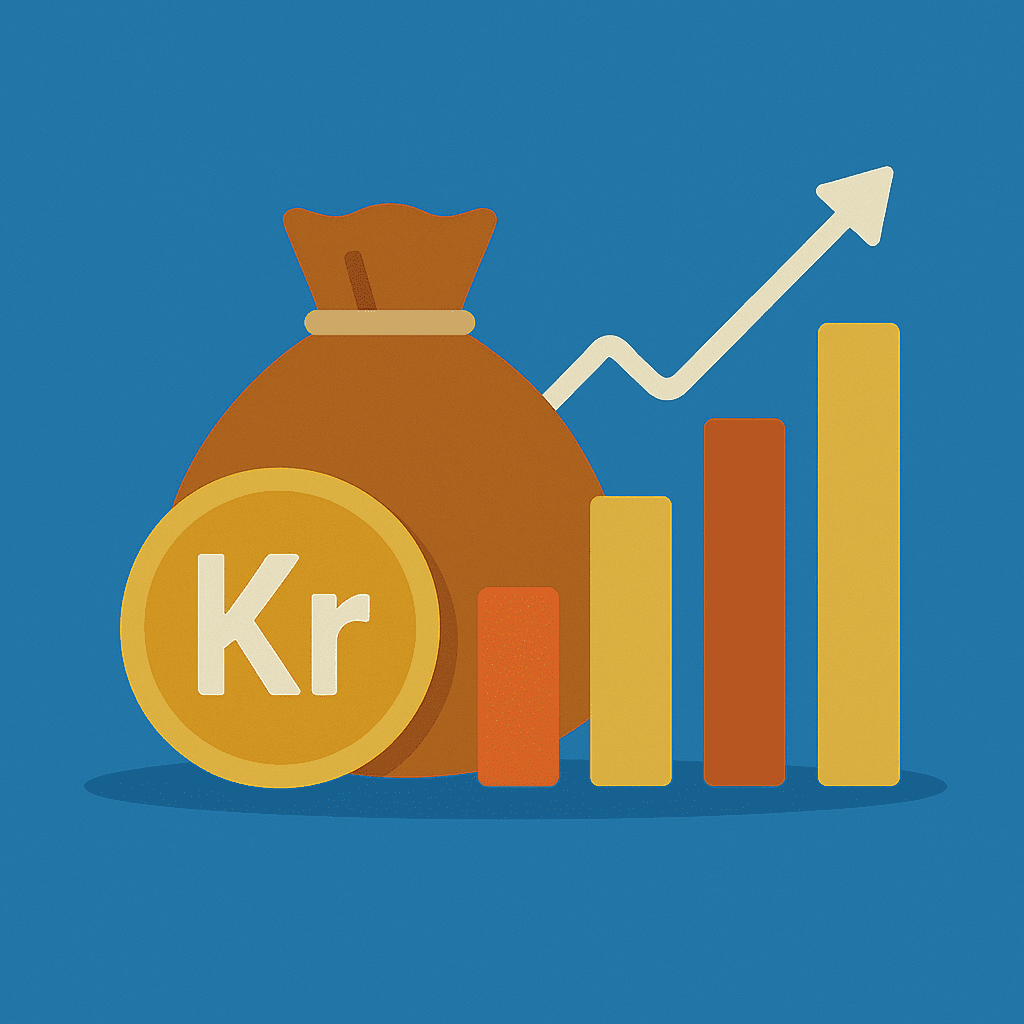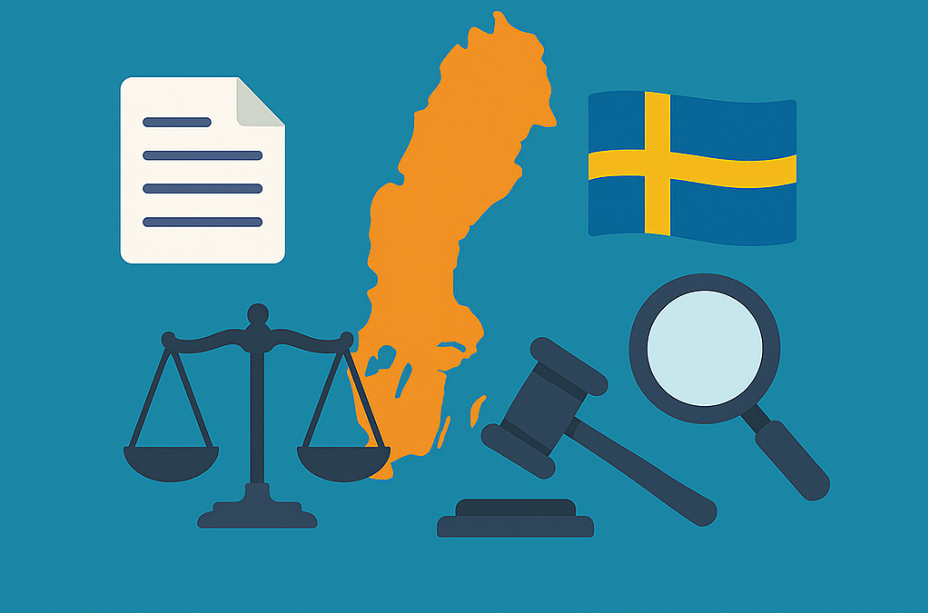Key Takeaways
- Content marketing is about creating valuable, relevant content that attracts your target audience and drives profitable customer actions
- Effective content marketing relies on three core elements: strategic topic research, quality content creation, and wide distribution
- Distribution is the most overlooked aspect of content marketing but critical for success, especially for newer websites
- Content should be created in multiple formats (articles, videos, podcasts, infographics) to reach audiences across different platforms
- Content marketing delivers long-term ROI that compounds over time, unlike paid advertising that stops working when you stop paying
- Content marketing typically takes 3-6 months to show significant results but provides better ROI over time
- Successful content addresses different stages of the buyer’s journey (awareness, consideration, decision)
- Measurement and optimization are essential to refine your strategy based on what works
- A hybrid approach that publishes content across hundreds of third-party sites helps overcome the “authority ceiling” that limits new websites
Content marketing has become an essential strategy for businesses looking to grow their online presence and attract customers without relying solely on paid advertising. But what exactly is content marketing, and how does it work? This article breaks down everything you need to know about content marketing, from basic concepts to advanced strategies that can transform your business’s digital presence.
What Is Content Marketing?

Content marketing is a strategic approach focused on creating and distributing valuable, relevant, and consistent content to attract and retain a clearly defined audience — and ultimately, to drive profitable customer actions.
Unlike traditional marketing that often interrupts consumers with sales messages, content marketing provides information that makes the buyer more intelligent and aware. The essence of this content strategy is the belief that if businesses deliver consistent, ongoing valuable information to buyers, they ultimately reward us with their business and loyalty.
According to the Content Marketing Institute, companies with mature content marketing programs generate 8x more site traffic than those without.
The Core Elements of Content Marketing

Effective content marketing consists of several key components:
1. Value-First Approach
Good content marketing puts the audience’s needs first. It answers questions, solves problems, or entertains—all before asking for anything in return.
2. Strategic Planning and Research
Successful content marketing begins with understanding what your audience is searching for and the questions they have before making a purchase decision. Tools like SEMrush and Ahrefs can help identify these opportunities.
3. Quality Content Creation
Creating content that stands out requires expertise, authenticity, and a focus on what matters to your audience.
4. Multi-Format Content
Content isn’t just blog posts—it includes videos, podcasts, infographics, social media posts, and more. At Hilliby, we specialize in creating multiple content formats from a single topic.
5. Distribution Strategy
Even great content needs help reaching its audience through strategic distribution across multiple channels. This is where our hybrid distribution approach makes a significant difference.
6. Consistency
Regular publication builds audience expectations and trust over time.
7. Measurement and Optimization
Tracking which content performs best allows for continuous improvement and better ROI.
Why Content Marketing Works

Content marketing has become a cornerstone of digital marketing for several important reasons:
Long-Term Value
Unlike paid ads that stop generating results when you stop paying, content continues working for you over time, often with increasing returns as it gains authority.
Trust Building
By providing helpful information without immediate sales pressure, you build credibility and trust with potential customers.
Multiple Entry Points
Content marketing creates numerous ways for customers to discover your business through search engines, social media, and other platforms.
Lower Customer Acquisition Costs
While content marketing requires upfront investment, it typically delivers a lower cost per acquisition over time compared to paid advertising. HubSpot research shows that content marketing costs 62% less than traditional marketing while generating 3x as many leads.
Supports Other Marketing Efforts
Quality content improves the performance of your other marketing channels, including paid advertising and social media engagement.
Content Marketing in Practice: The Buyer’s Journey

To understand how content marketing works in practice, it’s helpful to view it through the lens of the full buyer journey — the path a potential customer takes from first realizing they have a problem to becoming a loyal client or repeat buyer.
Every successful content strategy is built around supporting this journey at each stage:
1. Awareness
At this point, potential customers are just beginning to recognize they have a problem or an opportunity. They’re not yet looking for a product or service — they’re looking for clarity. Content at this stage should educate and help define their need without selling.
Typical customer questions:
- “Why am I struggling with [problem]?”
- “How do I improve [aspect of my business/life]?”
- “Is there a better way to [do something]?”
Example content types:
- Educational blog posts
- Explainer videos
- Social media posts about common challenges
- Infographics with industry trends
2. Research
Now that they’re aware of the issue, customers begin researching how to solve it. They want deeper understanding of possible approaches, tools, or frameworks. Your job here is to be helpful — not pushy.
Typical customer questions:
- “What are my options for solving [problem]?”
- “How does [solution] work?”
- “What’s the difference between [solution A] and [solution B]?”
Example content types:
- In-depth guides
- Checklists
- Process breakdowns
- Educational webinars
3. Consideration
Customers are narrowing down their choices. They’re comparing specific products, services, or providers to see which one fits their needs. Your content should now show how you stand out.
Typical customer questions:
- “Which provider is best for [my need]?”
- “What are the pros and cons of each option?”
- “What results can I expect?”
Example content types:
- Case studies
- Comparison guides
- Testimonials
- Feature breakdowns or service highlights
4. Decision
At this stage, they’re nearly ready to buy — but they may still need a final push or reassurance. Clear, confident content can reduce friction and lead them to take action.
Typical customer questions:
- “What’s included in the offer?”
- “Is this the right decision?”
- “Can I trust this provider?”
Example content types:
- Free trials or demos
- Pricing pages
- FAQ sections
- Live chat or consultation offers
5. Conversion
This is the point of sale — where the lead becomes a customer. Content here should reinforce their decision, explain the process, and make onboarding as smooth as possible.
Typical customer questions:
- “What happens next?”
- “How do I get started?”
- “Who will I be working with?”
Example content types:
- Onboarding emails
- Welcome videos
- First-step checklists
- Process walk-throughs
6. Retention
After the sale, the goal is to keep the customer engaged, supported, and satisfied — so they return and refer others. Content should continue to offer value and strengthen the relationship.
Typical customer questions:
- “How do I get the most out of this?”
- “What else can this provider help with?”
- “Are there updates or new features?”
Example content types:
- Email newsletters
- Product updates or tutorials
- Customer-only resources
- Invitations to events or webinars
Effective content marketing addresses the questions, doubts, and needs at each stage of the buyer journey — helping customers move naturally from awareness to action, and eventually to loyalty.
Content Distribution: The Missing Piece

Creating great content is only half the battle. Distribution—getting your content in front of the right people—is equally important but often overlooked.
The Authority Challenge
New websites and brands face a significant obstacle: search engines and social platforms generally favor established sites with high authority. This creates a chicken-and-egg problem where you need visibility to gain authority, but need authority to gain visibility.
Distribution Channels for Content Marketing
Effective content distribution typically uses multiple channels:
| Distribution Type | On-Site / Off-Site | Typical Cost | Description |
| Website/Blog | On-Site | Low | Owned content published directly on your website. Great for SEO, authority building, and long-term visibility. |
| Email Newsletters | On-Site | Low to Medium | Sent to your email list. Excellent for nurturing leads and re-engaging past visitors. |
| Social Media (Owned) | Both | Low to Medium | Posting directly to your brand’s own profiles (LinkedIn, Facebook, Instagram, etc.). Helps with engagement and awareness. |
| YouTube & Podcasts | On-Site & Off-Site | Medium | Owned channels hosted on platforms like YouTube, Spotify, etc. Extends reach, especially in visual/audio formats. |
| Guest Posts | Off-Site | Medium | Articles written by or for your brand and published on relevant industry websites or blogs. Builds backlinks and authority. |
| Press Coverage | Off-Site | Free to High | Earned media through PR outreach. High trust factor, good for exposure and credibility. |
| Social Shares (Earned) | Off-Site | Free | When others share your content. Can spark organic reach, virality, and backlinks. |
| Community Mentions (e.g., Reddit, Quora) | Off-Site | Free to Low | When your content is recommended or cited in forums, niche groups, or community threads. |
| Influencer Features / Co-Creation | Off-Site | Medium to High | Collaborating with influencers to promote or co-create content that reaches their audience. Builds trust and extends reach. |
| Paid Ads (Search & Social) | Both | Medium to High | Paid placements on Google, Facebook, LinkedIn, etc. Fast visibility but stops when spend stops. Works well with content amplification. |
| Syndication & Distribution Platforms | Off-Site | Medium | Republishing or distributing content across networks like news sites, aggregators, or industry platforms. This includes Hilliby’s distribution network across articles, videos, podcasts, and more—maximizing reach and format coverage. |
| Hybrid Campaigns (Multiple formats across multiple platforms) | Both | Medium to High | A mix of the above—e.g., taking one core idea and turning it into articles, videos, podcasts, and distributing across owned and third-party platforms. Drives surround-sound visibility and authority quickly. |
Comprehensive Content Marketing Strategy: The Hilliby Method

A truly effective content marketing strategy combines topic research, content creation, and wide distribution. Here’s how this works in practice:
1. Strategic Topic Research
The foundation of effective content marketing is identifying what your potential customers are searching for before making a purchase. This isn’t guesswork—it involves:
- Keyword research to find specific terms your audience uses
- Analysis of search intent to understand the purpose behind searches
- Competitive content gap analysis to find opportunities
- Mapping content to different stages of the buyer journey
This research ensures that your content aligns with actual customer interests and searches, increasing the likelihood it will attract qualified traffic. Learn about our research methodology and how it differs from standard approaches.
2. Quality Content Creation
Once you know what topics to cover, the next step is creating exceptional content. This means:
- Developing comprehensive answers to your audience’s questions
- Creating content that outperforms what’s currently ranking
- Using multiple formats to reach different audience preferences:
- Articles and blog posts
- Infographics and visual guides
- Podcasts and audio content
- Videos (both short-form and long-form)
- Social media content
- Slideshows and presentations
Quality content stands out by being thorough, accurate, engaging, and aligned with your brand voice. Check out our content portfolio for examples of our work.
3. Strategic Distribution
This is where many content marketing efforts fall short. Distribution involves:
- Publishing content on your owned channels (website, social profiles)
- Adapting content for different platforms and formats
- Getting content featured on third-party sites to build authority
- Establishing presence across multiple channels (news sites, social platforms, video platforms, etc.)
- Building backlinks to strengthen search ranking potential
The distribution component multiplies the impact of your content creation efforts by ensuring your content reaches far beyond your existing audience. Read about how our unique distribution network works.
Hybrid Content Campaigns: Maximizing Impact

A particularly effective approach combines various content formats and distribution channels in what can be called “hybrid content campaigns.” For each important topic, this approach creates:
- News articles distributed to news sites
- Visual content (infographics) shared on image platforms
- Audio versions for podcast platforms
- Video content for YouTube and social video platforms
- Blog posts published on third-party blogs and your own site
- Social media variations optimized for each platform
This multi-format, multi-channel approach creates a “surround sound” effect where potential customers encounter your brand and messaging across numerous touchpoints, significantly increasing visibility and perceived authority. Contact our team to learn how we implement this strategy for clients.
Measuring Content Marketing Success

Effective content marketing requires ongoing measurement and optimization. Key metrics to track include:
Traffic Metrics
- Total organic traffic
- Traffic by channel (search, social, referral)
- New vs. returning visitors
Engagement Metrics
- Time on page
- Bounce rate
- Social shares
- Comments
Conversion Metrics
- Email signups
- Content downloads
- Product page visits
- Inquiries and sales
SEO Metrics
- Keyword rankings
- Backlinks gained
- Domain authority improvements
By tracking these metrics, you can identify which content topics and formats drive the best results for your business, allowing you to refine your strategy over time.
Common Content Marketing Challenges and Solutions

Challenge: Slow Initial Results
Content marketing typically takes 3-6 months to start showing significant results.
Solution: Set realistic expectations and implement a consistent publication schedule while using other marketing channels to support short-term goals.
Challenge: Content Creation Resources
Creating high-quality content consistently requires significant time and expertise.
Solution: Consider outsourcing to specialized agencies or using a mix of in-house and external resources. Learn about our content creation packages.
Challenge: Standing Out in Crowded Niches
Many industries have extensive content already available online.
Solution: Focus on specific sub-niches, unique perspectives, or formats that competitors aren’t utilizing well.
Challenge: Distribution Limitations
New websites often struggle to gain visibility without established authority.
Solution: Leverage third-party distribution networks and platforms that already have built-in audiences, like Hilliby’s distribution network.
Who Benefits Most from Content Marketing?
While almost any business can benefit from content marketing, certain types tend to see the highest returns:
- E-commerce businesses with higher-priced products or margins
- B2B companies with longer sales cycles
- Service businesses where trust is a major factor
- Companies in information-rich industries
- Businesses looking to establish thought leadership
The common factor among these businesses is that their customers typically conduct research before making a purchase decision, creating opportunities to influence that research phase.
The Future of Content Marketing

As we look ahead, several trends are shaping the future of content marketing:
AI-Enhanced Content
AI tools are increasingly helping with content research, creation, and optimization while human expertise focuses on strategy and creativity. Stanford University research shows the growing role of AI in marketing processes.
Video Dominance
Short-form and long-form video continue to grow in importance across platforms. According to Cisco, video will represent 82% of all internet traffic by 2026.
Voice Search Optimization
Content optimized for voice search queries is becoming increasingly important as smart speakers and voice assistants gain popularity.
Interactive Content
Quizzes, calculators, configurators, and other interactive elements are becoming more common and effective.
Content Personalization
Dynamic content that adapts based on user behavior and preferences will continue to gain traction.
Building a Content Marketing Strategy: Getting Started
If you’re inspired to implement content marketing for your business, here’s a simple framework to begin:
- Define your audience: Create detailed buyer personas to understand who you’re creating content for.
- Audit existing content: Evaluate what you already have and identify gaps.
- Research keywords and topics: Identify what your audience is searching for.
- Create a content calendar: Plan your content creation timeline.
- Choose your primary channels: Decide which platforms make the most sense for your audience.
- Develop distribution partnerships: Identify potential partners for content distribution.
- Set up measurement: Establish how you’ll track success.
- Create and publish consistently: Begin producing content regularly.
- Analyze and optimize: Review performance data and refine your approach.
Ready to start? Schedule a free consultation with our team to discuss your content marketing needs.
Content Marketing ROI: A Long-Term Investment

Content marketing should be viewed as a long-term investment rather than a quick fix. While it typically takes 3-6 months to start seeing significant results, the return on investment often increases over time as content accumulates and gains authority.
Consider this example: A treadmill company working with our content marketing team generated 60,000+ organic clicks monthly from Google after 15 months. The value of this traffic would be approximately $180,000 monthly if using paid ads (at $3 per click), while their investment in content marketing was just $3,000 per month.
This compounding effect is what makes content marketing particularly powerful compared to advertising, which stops generating results when you stop spending.
Conclusion
Content marketing represents a fundamental shift from interruption-based advertising to providing value that attracts customers naturally. By creating helpful, relevant content, distributing it strategically across multiple platforms, and optimizing based on performance data, businesses can build sustainable traffic sources that grow in value over time.
Whether you’re just starting with content marketing or looking to improve your existing strategy, remember that success comes from consistently delivering value to your audience through content that meets their needs at every stage of the buyer’s journey.
The most effective content marketing strategies combine thorough topic research, high-quality content creation in multiple formats, and strategic distribution across numerous platforms to break through the noise and establish your brand as a trusted authority.
Ready to transform your marketing approach? We work with clients globally with effective content strategies for any business type. Learn more about our content marketing services or contact us to discuss how we can help your business grow through effective content marketing.



